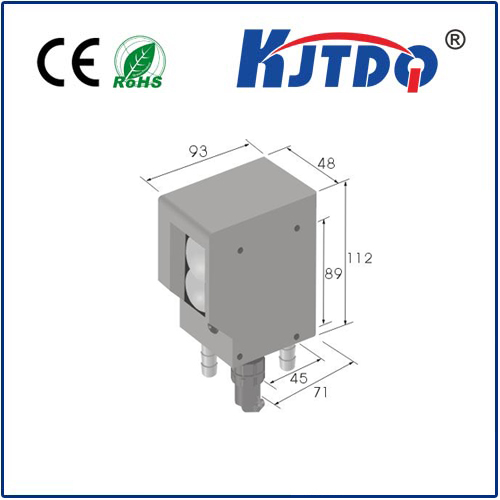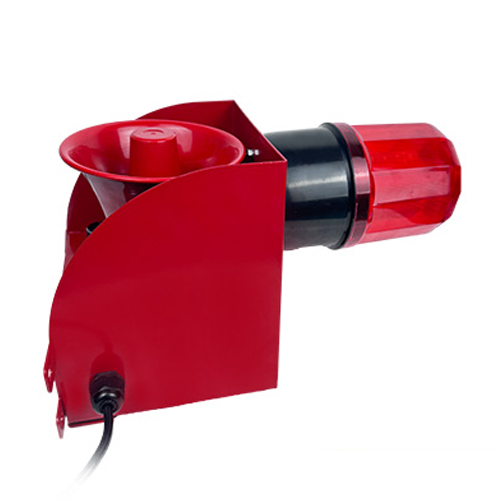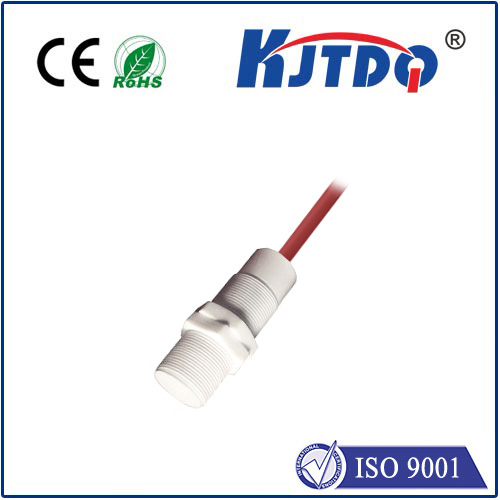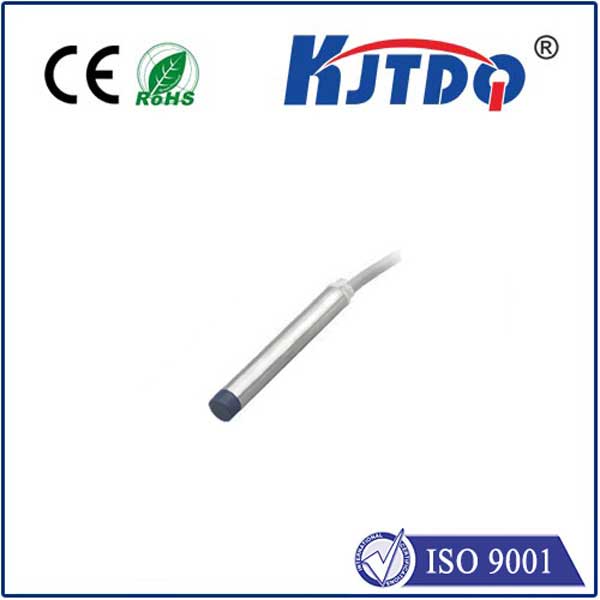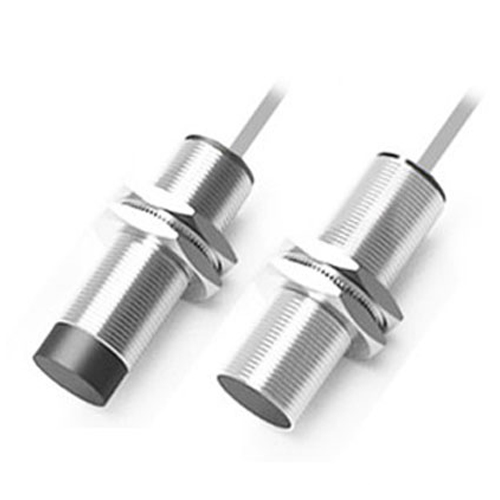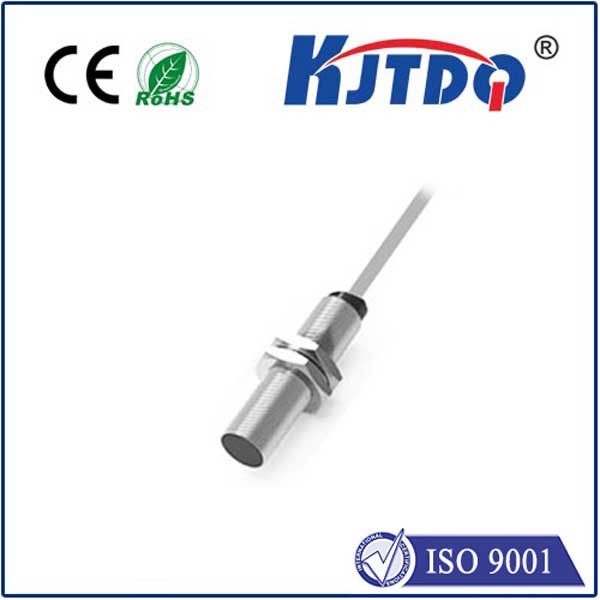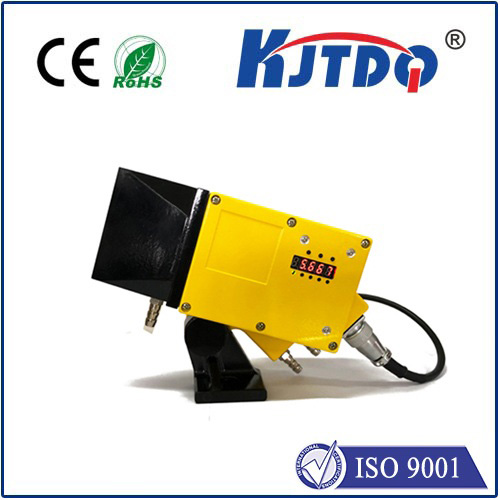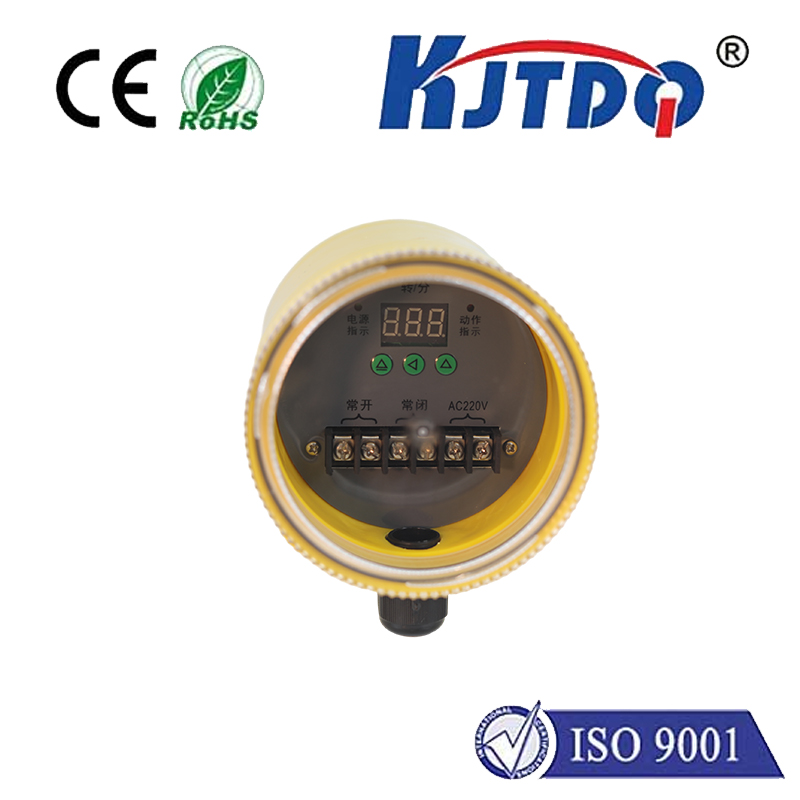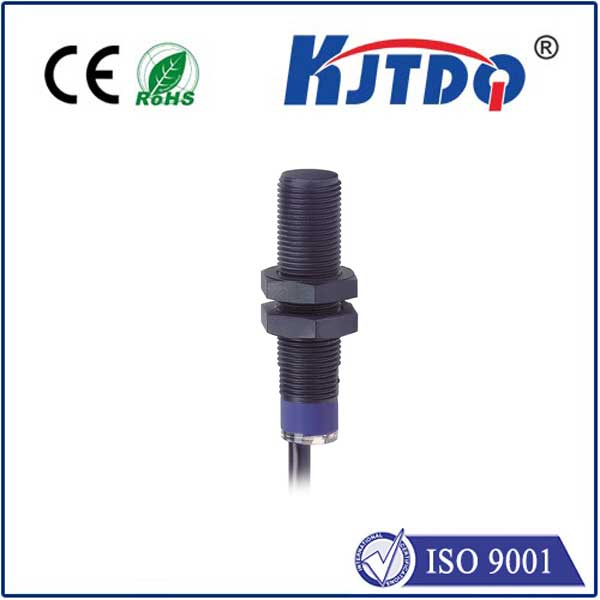watchdog temperature sensor
- time:2025-08-22 00:38:02
- Click:0
Watchdog Temperature Sensors: Your Silent Guardians Against Costly Thermal Disasters
Imagine this: a critical server silently overheating in the middle of the night. A medical device monitoring vital signs falters as its internal temperature soars unnoticed. Industrial machinery grinds to a catastrophic halt, spewing smoke and incurring massive repair bills and downtime. These aren’t scenes from a disaster movie; they are real-world consequences of thermal runaway – a preventable failure often stemming from inadequate temperature monitoring. The solution lies not just in sensing heat, but in building intelligence and action into the monitoring system. Enter the unsung hero: the Watchdog Temperature Sensor.
At its core, a standard temperature sensor does one job: it measures heat. It tells you if it’s getting too hot. But knowing there’s a problem isn’t the same as doing something about it, especially if the primary control system itself is compromised. This is where the watchdog timer (WDT) concept becomes revolutionary when integrated with thermal sensing.
What is a Watchdog Timer?
Think of a watchdog timer as a vigilant electronic supervisor. Its job is brutally simple: it expects regular “check-ins” (often called “petting” or “kicking”) from the main system’s software or microcontroller (MCU). If these check-ins stop happening within a pre-defined timeframe – say, because the software crashed, locked up, or entered an infinite loop – the watchdog timer acts. It typically initiates a system reset, forcing the main controller to reboot and start afresh. This is a fundamental fail-safe mechanism designed to recover systems from unpredictable software glitches or hangs.
The Power of Integration: Creating a Thermal Watchdog

A Watchdog Temperature Sensor elevates this concept specifically for thermal management. It’s more than just a sensor; it’s a self-contained monitoring and protection unit. Key characteristics define its power:
- Independent Operation: Crucially, the watchdog function operates with significant autonomy from the main system controller. It has its own simple logic, often analog or a tiny dedicated state machine. It doesn’t rely on the potentially failing main CPU to make critical thermal safety decisions.
- Threshold Monitoring + Timed Action: The sensor continuously monitors temperature. If readings exceed a pre-configured, hardware-defined safe threshold, the watchdog mechanism activates. Instead of just alerting the main system (which might be unresponsive), it starts an internal timer.
- The “Bite”: If the critical temperature condition persists for the duration of this watchdog timeout period, and no corrective action is taken by the main system to cancel the alert (effectively “petting” the watchdog), the sensor triggers a predefined fail-safe action. This action is decisive and hardwired:
- System Reset: Forcing a reboot to clear potential software-induced thermal lockups.
- Controlled Shutdown: Gracefully powering down the system to prevent damage.
- Activating Cooling: Directly enabling fans or cooling systems independent of the main CPU.
- Generating a Hardware Alarm: Sending a non-maskable interrupt (NMI) or triggering external alarms/hardware signals.
- Reliability Through Simplicity: By leveraging minimal, robust circuitry for the watchdog function, these sensors achieve higher system reliability compared to relying solely on complex software running on the application processor, which might be the root cause of the overheating issue itself (e.g., a stuck process maxing out CPU usage).
Why Standard Temperature Sensing Isn’t Always Enough
Many systems use basic temperature sensors feeding data to a central MCU. The MCU software is supposed to react appropriately. However, this architecture has inherent vulnerabilities:
- Software Failures: If the software crashes, freezes, or gets stuck in a loop, it stops responding to the sensor data. Overheating continues unchecked.
- Complexity Bugs: Sophisticated thermal management algorithms can have bugs, misinterpreting data or failing to trigger actions correctly.
- Communication Failures: Bus errors (I2C, SPI) between the sensor and MCU can prevent critical data from being received.
A watchdog temperature sensor directly addresses these failure modes. Its autonomous fail-safe action provides a critical last line of defense.
Where Thermal Watchdogs Are Essential: Critical Applications
The unique value proposition of watchdog temperature sensors makes them indispensable in environments where safety, reliability, and continuous operation are paramount:
- Industrial Automation & Control Systems (IACS): Protecting PLCs, motor drives, robotics, and power supplies from thermal failure prevents costly production downtime and potential safety hazards. A locked-up controller won’t stop a motor from overheating; an independent watchdog sensor can.
- Telecommunications & Networking Equipment: Servers, routers, switches, and base stations generate significant heat. Unexpected lockups leading to thermal events cause service disruptions impacting thousands. Watchdog sensors ensure recovery or safe shutdown.
- Medical Devices: Patient monitors, diagnostic equipment, life-support systems, and implantable devices demand absolute reliability. A watchdog sensor adds a vital layer of hardware-level thermal protection, potentially life-saving.
- Automotive Electronics: Modern vehicles rely on complex ECUs (Engine Control Units), ADAS (Advanced Driver Assistance Systems), and infotainment systems. Under-hood temperatures can soar, and system lockups must be resolved quickly and autonomously for safety.
- Critical Infrastructure: Power generation stations (control systems), building management systems (HVAC control), and transportation systems all benefit from the enhanced resilience offered by integrated thermal watchdogs.
- High-Reliability Computing: Data centers and edge computing nodes housing sensitive or critical workloads cannot afford uncontrolled thermal shutdowns. Watchdog sensors provide a robust thermal safety net.
Key Considerations When Selecting a Watchdog Temperature Sensor
Not all temperature monitoring solutions are created equal. When seeking a true watchdog temperature sensor, look for these critical features:
- True Hardware Watchdog Function: Verify the sensor has a dedicated, hardwired watchdog timer circuit independent of the main MCU beyond simple I2C/SPI communication. Look for dedicated alarm output pins or reset control pins.
- Configurable Thresholds: Ability to set the critical temperature trip point (often via external resistors or non-volatile memory). Pre-defined thresholds are less flexible.
- Adjustable Watchdog Timeout: The delay between exceeding the threshold and triggering the action should be configurable to match system recovery characteristics.
- Definable Fail-Safe Action: What does the sensor do when the watchdog bites? Reset output? Alarm output? Shutdown control? Ensure it matches your system architecture’s safety needs.
- Accuracy & Range: Sufficient accuracy (±1°C typical) over the required temperature range for your application (-40°C to +125°C is common).
- Robustness: Look for features ensuring reliable operation in noisy environments, potentially including built-in filtering, high ESD protection, and wide supply voltage ranges.
- Communication Interface: Common interfaces include I2C and SMBus. While communication allows for configuration and status reading, the watchdog action itself must not depend on successful communication.
Beyond Basic Protection: The Strategic Advantage
Integrating watchdog temperature sensors is more than just preventing meltdowns; it’s a strategic investment in system robustness, operational continuity, and reduced maintenance costs. It minimizes the risk of catastrophic failures, reduces unplanned downtime, and extends the lifespan of sensitive electronic components. By providing an autonomous, hardware-enforced thermal safety mechanism, these devices act as silent guardians, tirelessly ensuring that when temperatures climb dangerously, decisive and reliable action is taken before disaster strikes. In the relentless pursuit of system reliability, the watchdog temperature sensor stands as a critical component in preventing thermal catastrophe.






